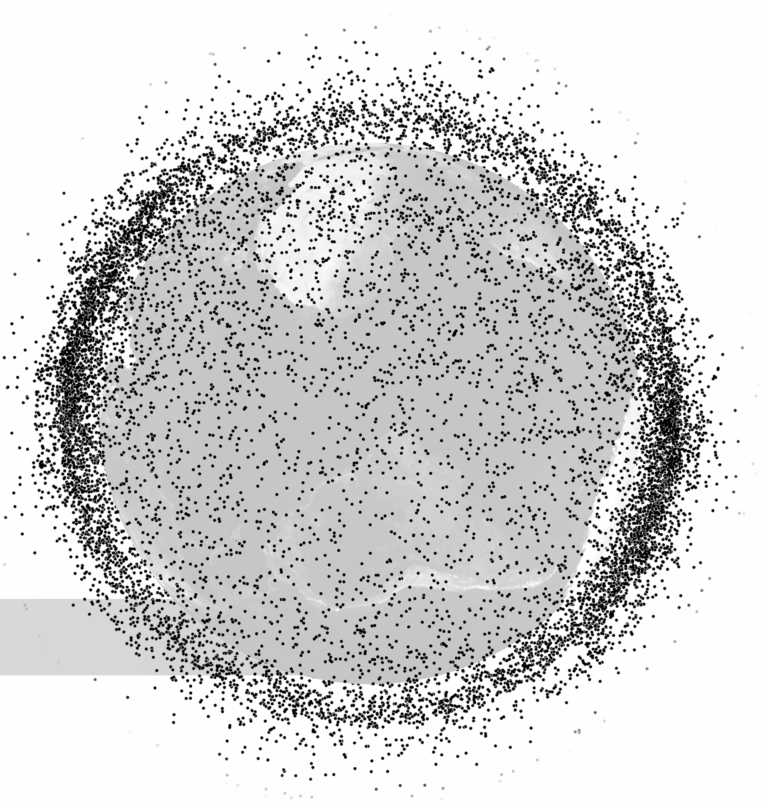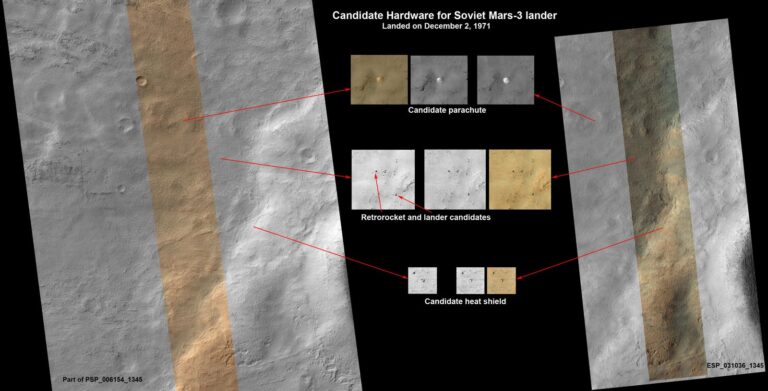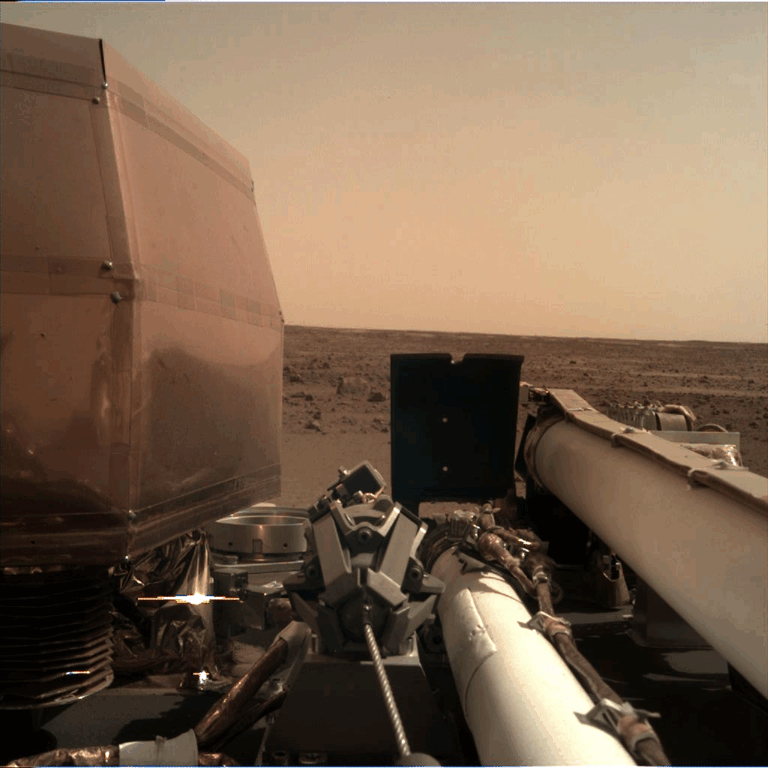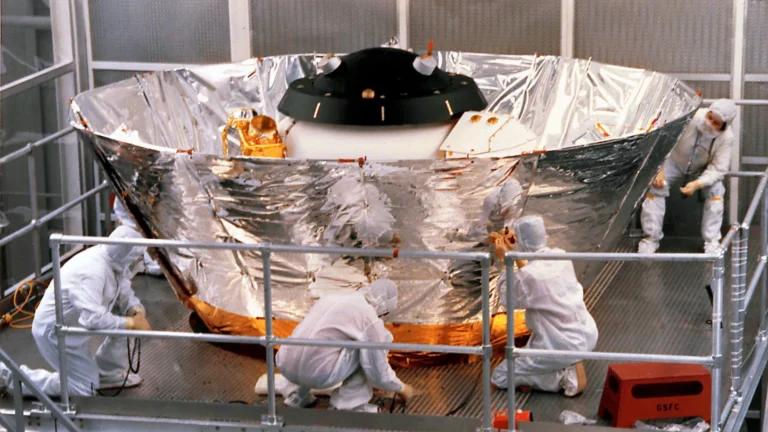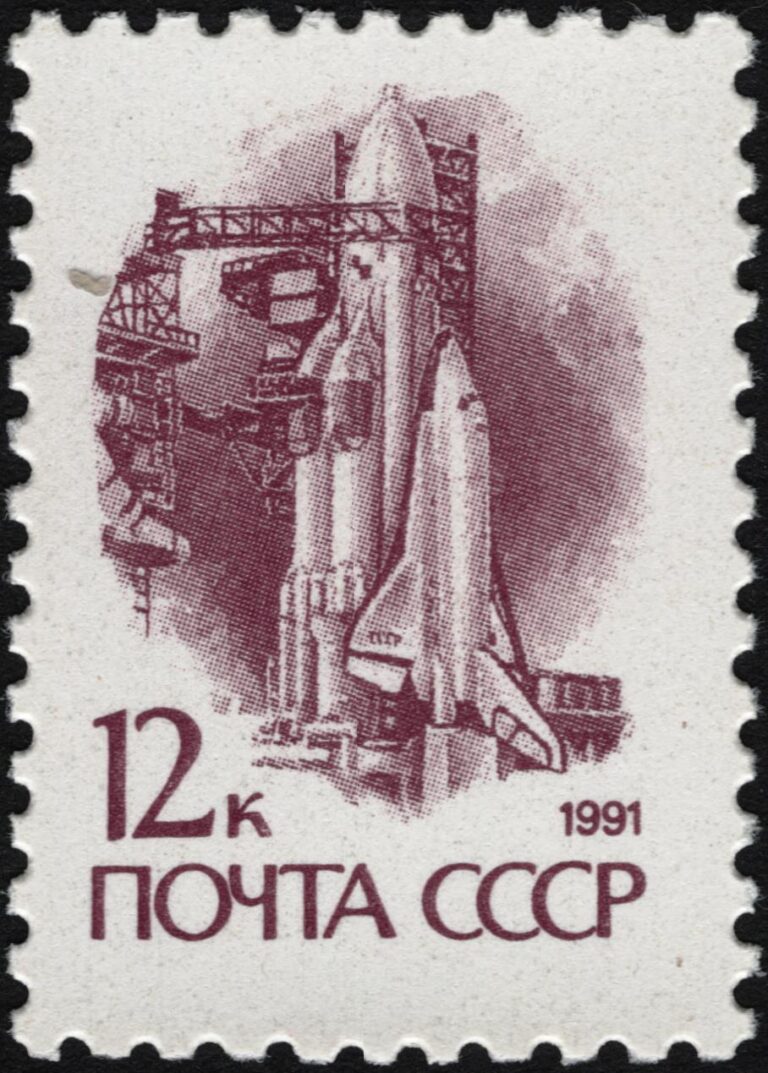Key Takeaways:
Rosetta’s Philae lander has woken up after seven months in hibernation on the surface of Comet 67P/Churyumov-Gerasimenko.
The signals were received at ESA’s European Space Operations Centre in Darmstadt at 4:28 p.m. EDT (22:28 CEST) on June 13. More than 300 data packets have been analyzed by the teams at the Lander Control Center at the German Aerospace Center (DLR).
“Philae is doing very well: It has an operating temperature of –35° C [–31° F] and has 24 watts available,” explains DLR Philae Project Manager Stephan Ulamec. “The lander is ready for operations.”
For 85 seconds, Philae “spoke” with its team on Earth, via Rosetta, in the first contact since going into hibernation in November.
When analyzing the status data, it became clear that Philae also must have been awake earlier: “We have also received historical data — so far, however, the lander had not been able to contact us earlier.”
Now the scientists are waiting for the next contact. There are still more than 8,000 data packets in Philae’s mass memory that will give the DLR team information on what happened to the lander in the past few days on Comet 67P/Churyumov-Gerasimenko.
Philae shut down November 15, 2014, at 1:15 CET (7:15 p.m. EST November 14) after being in operation on the comet for about 60 hours. Since March 12, the communication unit on the Rosetta orbiter was turned on to listen out for the lander.



